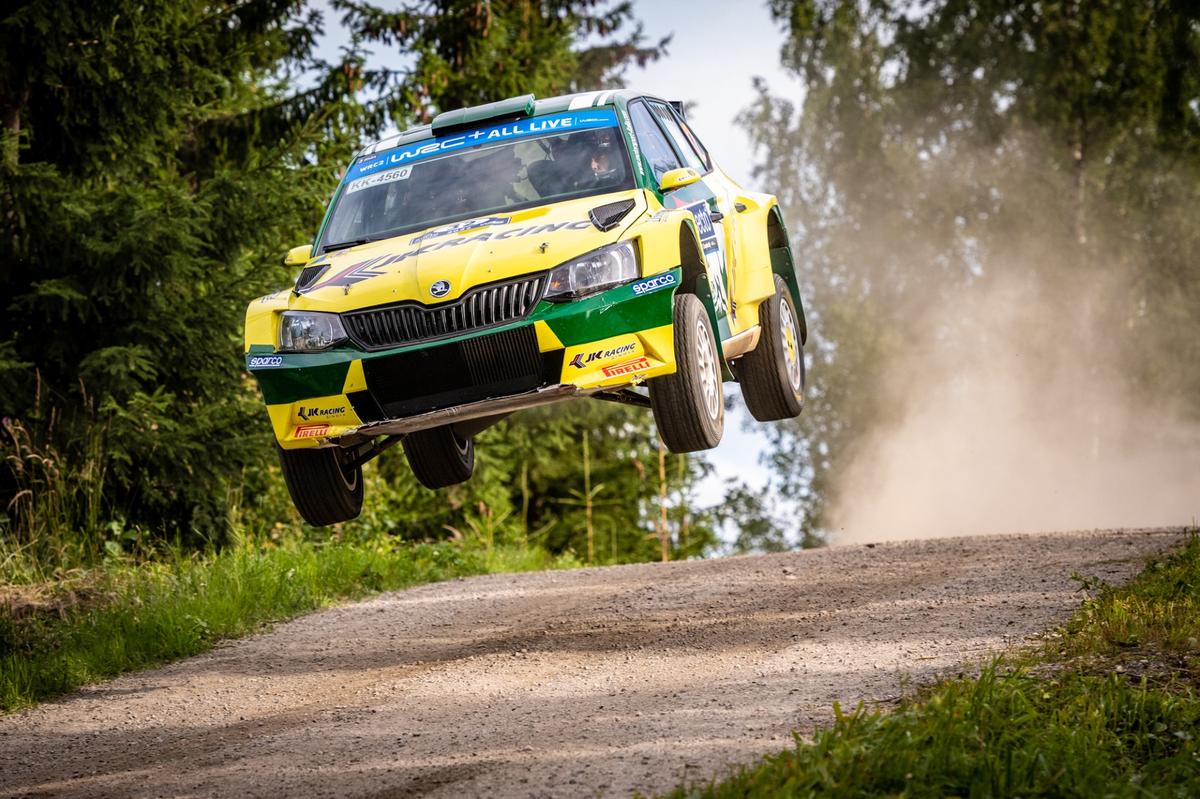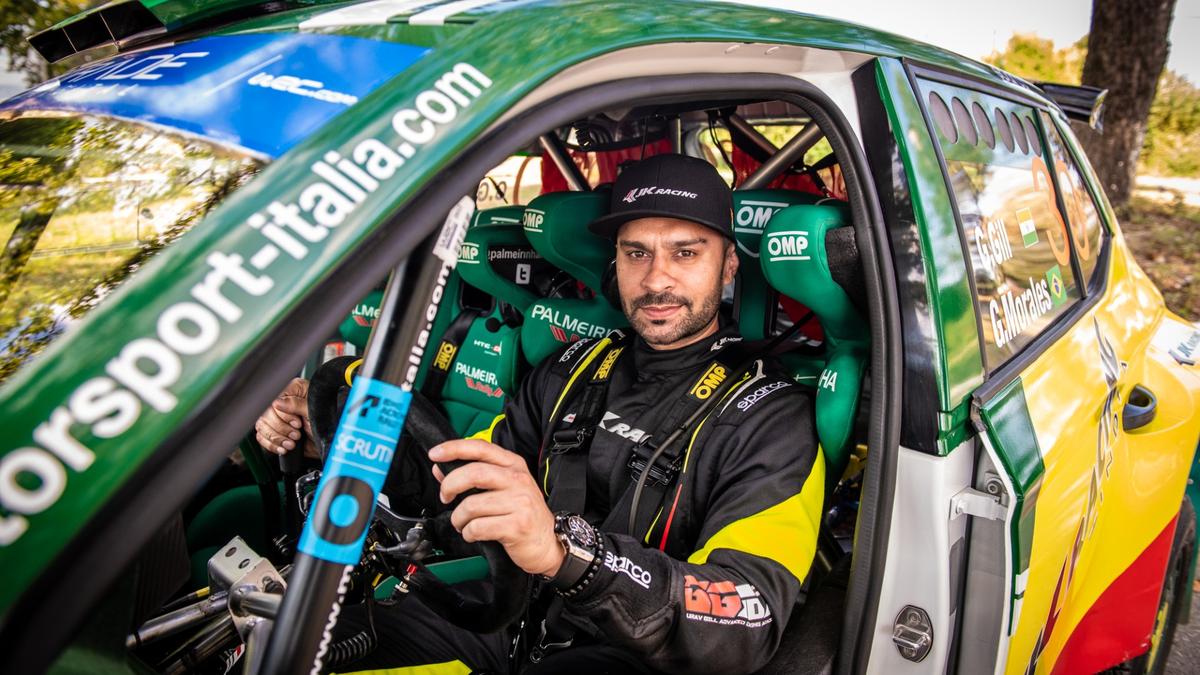‘Rallying has always been the pioneer of motorsport in India’ – Gaurav Gill
Gaurav Gill has carved an extraordinary path on the dusty, winding stages of rallying. During a nearly two-decade-long journey, he has led the charge in a sport that struggles to gain mainstream recognition in India.
The 43-year-old is a multiple Indian National Rally Championship (INRC) winner and an icon on Indian terrain. Gill is the first Indian to win the FIA Asia-Pacific Rally Championship (APRC). He clinched the coveted crown as early as 2013, before adding two more to his cabinet in 2016 and 2018.
India’s first Arjuna Awardee in motorsport (2019), he made a foray into the World Rally Championship-2 (WRC2) — the support championship of WRC — in 2018. After a few stints that saw near-misses but positive takeaways, Gill is now ready for another go at it, with his eye on the elusive podium.
Racing with JK Tyres in 2025, he is scheduled to participate in a few rounds of WRC2 this season, starting from June 26-29 in Greece. However, alongside international action, he will also be participating in the INRC.
In an interview with Sportstar, Gill discusses his journey and the challenges in the Indian motorsport ecosystem.
You’ve achieved what many Indian rally racers dream of — competing in the WRC2. How did that opportunity come about, and what did it mean to you personally?
The World Rally Championship is the biggest platform for anyone to go and compete. For us, coming from India, it’s very difficult to raise a lot of sponsorship. I’m fortunate that I have partners and sponsors like JK Tyres (and previously MRF Tyres) and others who support me.
We’ve had a small break for a year as we wanted to concentrate on the Indian National Rally Championship as well, because that’s an important market for the manufacturers. We are also looking at international waters, so the idea is to get back into the World Championship — the pinnacle of motorsport and rallying — to showcase both our skill and our product.
How does WRC2 compare to the rallying formats you’ve dominated in India and Asia-Pacific?
It doesn’t differ too much from the Asia-Pacific, apart from being a lot longer. But on the world level, there is absolutely no comparison because the cars we drive there are on a different level.
They use proper World Rally Cars — faster, more powerful, and non-production ones that are specifically built for these events. The cars here are pretty much production cars (modifying standard vehicles).
The other main difference is that those rallies last four days, while in India they span barely a day and a half — sometimes even less — due to the lack of available distance. Over there, we cover more than 2,000 kilometres, whereas here, it’s usually closer to 300.
What’s the biggest challenge when you step onto the global platform?
It’s very different now compared to five or seven years ago [when he made his international debut]. People have very big budgets; they do nearly 20 to 25 rallies a year. They practise every weekend of the year because they have their own equipment and cars.
That’s what puts India on the back foot because, in my case, I don’t have that much funding to compete. Yet, I just set my goals, and I don’t complain about it. I see it as another opportunity to go and make my mark.

Home advantage: For someone starting their rally journey, domestic competitions present a great opportunity to learn the nature of this sport, feels Gaurav.
| Photo Credit:
Special Arrangement
Home advantage: For someone starting their rally journey, domestic competitions present a great opportunity to learn the nature of this sport, feels Gaurav.
| Photo Credit:
Special Arrangement
Rallying in India goes back decades, with many legendary drivers coming to the fore. The number of events is increasing as well. What makes rally racing click here?
Rallying has always been the pioneer of motorsport in India. People were more inclined towards it because there were fewer racetracks in the country, with the prominent ones being in the South.
Naturally, that meant more people in the North opted for off-road races.
That’s why, in the past, most of the top rallies and rally drivers were from the North.
We have the Himalayan rallies, the ones in the desert, and so many others, which were more difficult because of the terrain and region. It automatically became a more popular sport.
Considering how difficult the world of rallying is, how important are homegrown competitions like the INRC?
The INRC is a great grassroot-level of rallying. By far, we have the best early network programme in Asia right now. The number of teams and people competing is ten times higher compared to other countries. But those who participate in the regional championships will be up for a big shock when they go to something like the European Rally Championship or WRC.
The competition levels are extremely difficult. Even the level of the racetracks here is probably not even half as good compared to what we run in WRC. There is still a long way to go, but for someone starting their rally journey, it’s a great opportunity to learn the nature of this sport.
Despite the rapid strides that rally racing has taken over the years, is the sport still considered niche?
I would say it’s still niche, but it’s growing in very large numbers, and quickly. The events we currently have in India feature almost 70 to 80 competitors and teams — by far the biggest in Asia. It shows that this is the fastest-growing motorsport discipline in India.
The ecosystem is focused on the domestic scene right now. But the government and the federation (FMSCI) should get together and consider at least waiving all the import costs for us.
Right now, for any small part being imported, we pay around 30–45 per cent. So, for equipment worth Rs.10 lakh, the price automatically becomes Rs.14 lakh.
That becomes a big challenge, apart from the equipment and the cars. The purchase cost and everything else are completely different — that’s a big disadvantage for us.
What is necessary to produce a consistent pipeline of world-class racers across disciplines?
We need manufacturing support to begin with — full-time support from car and bike manufacturers at a larger level, where they understand how much R&D (research and development) can help, beyond just sales and marketing.
There are already so many countries that waive this, including those in Africa. With the costs and huge money involved, this country does not see it as a very high return-on-investment sport.
India is going to be the third-largest automotive market in the world soon. And when the country, along with the federation, helps reduce some of these costs — our biggest obstacle — that’s when the sport is really going to kick off.



